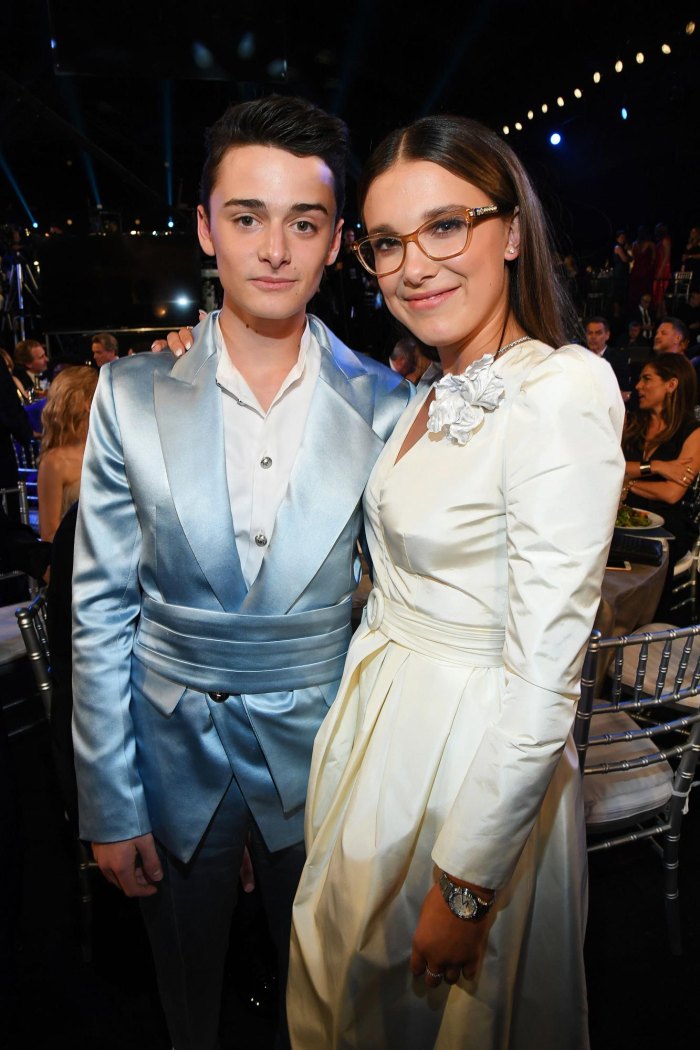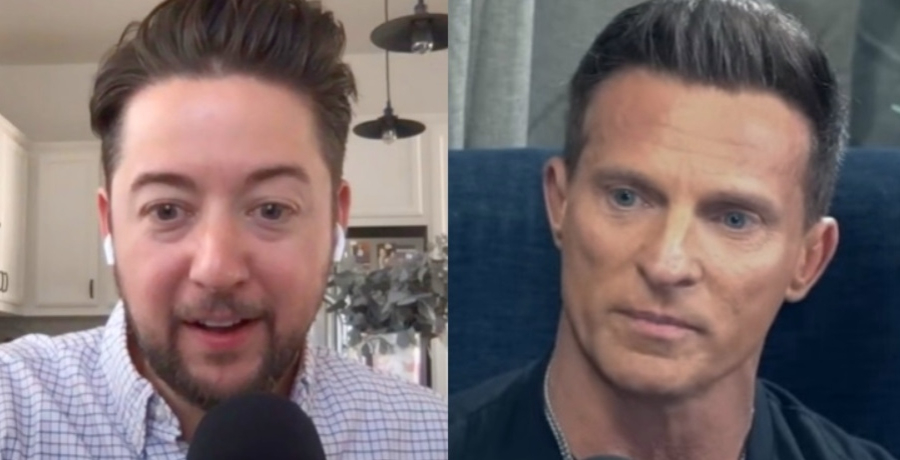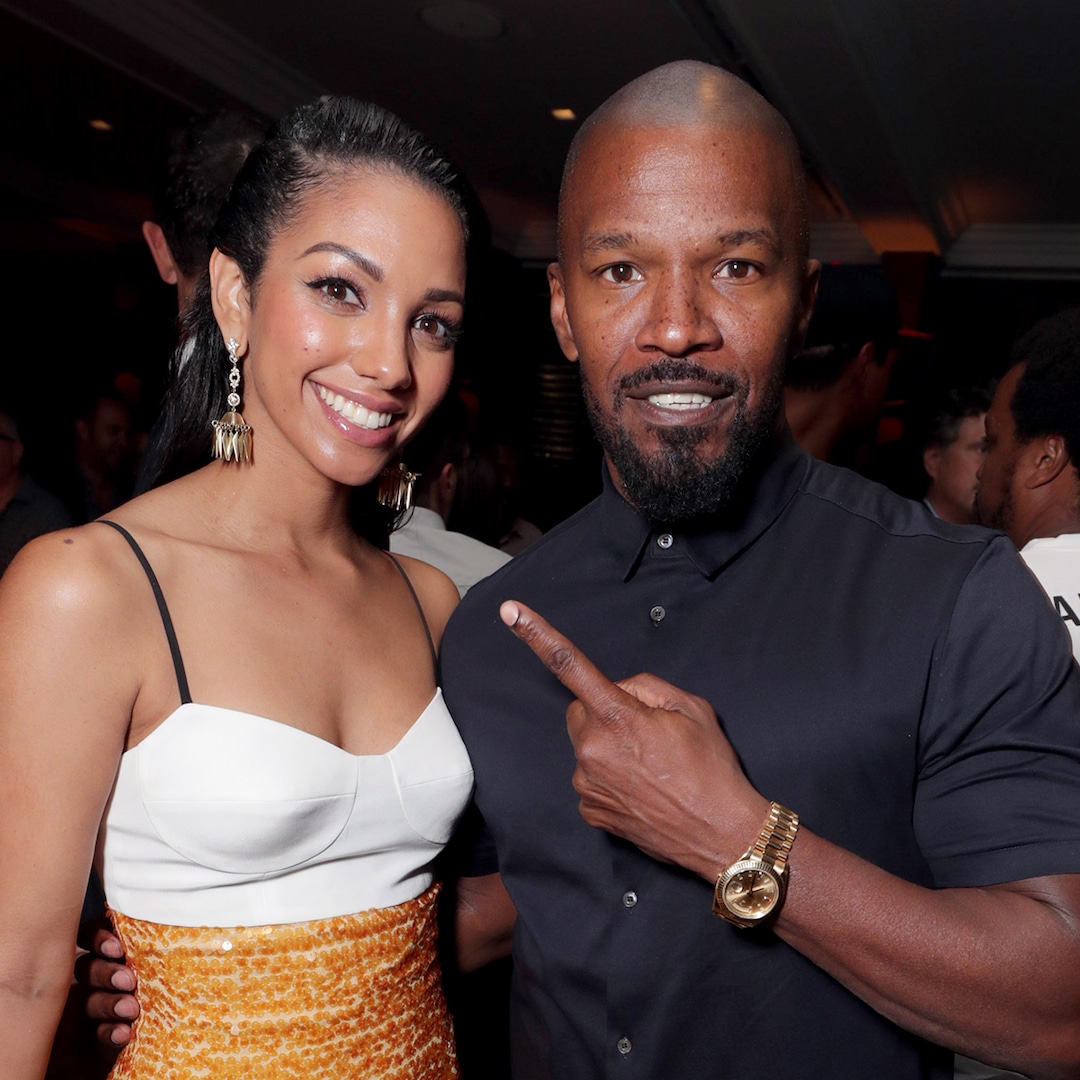It’s hard to believe that Behind the Mask: The Rise of Leslie Vernon is already 17-years-old. Unlike many horror films released in the 20 years, I saw this one when it was still relatively new. It was the very first title I ordered on Netflix back when the idea of getting DVDs in the mail was a novelty. I don’t think I knew anything about it other than that it had a creepy poster and Zelda Rubenstein and Robert Englund are in it. I was expecting something scary, but I was definitely not expecting a worthy successor to Scream roughly ten years after Wes Craven’s teen slasher changed the horror landscape.
Sadly, Behind the Mask would not go on to have anything resembling the same impact. It couldn’t even entice investors to finance a feature-length sequel. But that doesn’t change the fact that it’s an amazing, heartfelt breakdown of the slasher genre that manages to revisit the majority of its history while simultaneously breaking new ground.
The film is structured in a similar way to Man Bites Dog, which was also about a documentary crew following a vicious psychopath. This uses that template to create something really original, centering on a man named Leslie Vernon who has set out to be the next great slasher in the tradition of Jason or Freddy. First, it manages to comment on the fact that we hadn’t seen any great slashers rise in the 2000s like we had in the 1980s. Then, there’s the interesting fact that this satire seems to be set in a world where all of those other movies actually exist. That doesn’t stop it from being portrayed realistically, though, because at this point Jason, Freddy, Michael, etc. are all rumors and legends.
It’s the perfect backdrop for telling the story of a new slasher that manages to lovingly pick apart virtually everything that has come before. Leslie openly discusses his process with the documentary crew. He talks about how much cardio you have to do in order to get around and appear to be everywhere at once, he talks about learning anatomy and magic tricks, about sabotaging weapons and manipulating the environment so that everything will go according to his plan and, of course, about the process of picking out that special girl who will hopefully best him in the end.
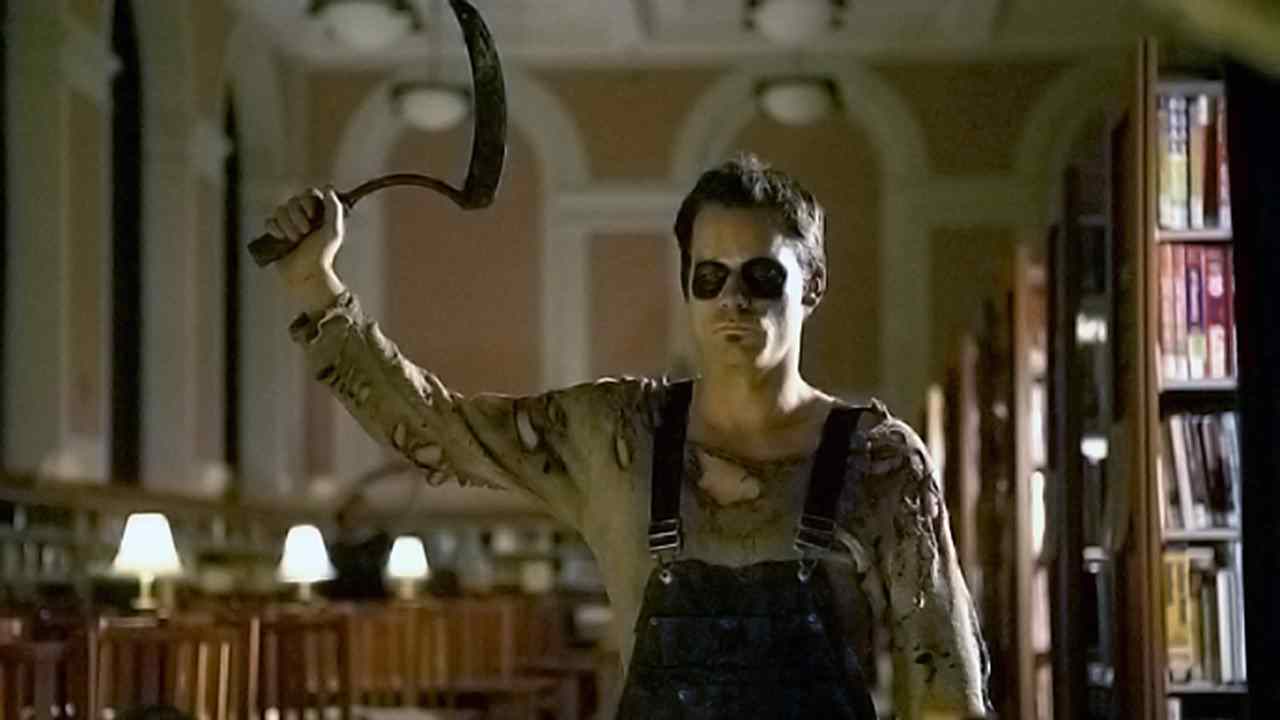
Behind the Mask is pulling back the curtain on the classic slashers, pointing out tropes by showing how much work is required on the part of the killer. The movie is bitingly smart and witty, but it also goes out of its way to respect tradition. This is not, by any means, made by people who hate slashers or think that they’re stupid. Everything is done with a sense of admiration for the genre classics like Halloween and A Nightmare on Elm Street.
It’s not afraid to go deep, either, which I don’t think anyone expected from this film. Behind the Mask doesn’t simply point out the tropes of slashers, it points out the subtext, too. It brings up just about every point brought up in the standard slasher deconstruction books like Men, Women and Chainsaws and either manages to counter or concede each point.
Behind the Mask is a marvel for how much it manages to do with virtually no budget. The intimate awareness of horror history is great and there are knowing references outside of the script, too, like casting a classic villain actor like Robert Englund in the archetypal hero role—or the Ahab, as the movie calls it. Usually, you forgive the acting in horror of this size, but the core performances are surprisingly good. Angela Goethals shines as the documentary’s director, Taylor Gentry. Englund gives a top-notch Donald Pleasance impression. But Nathan Baesel’s performance as Leslie is a powerhouse.
In a lot of ways, the movie hangs on his performance because even though they have a vague awareness of what Leslie is doing, the crew still goes along with it. And we have to go along with it too. The only way for that to work is for Leslie to be so likeable that we are willing to forget that he’s actually a killer and that’s precisely what Baesel’s performance manages to do.
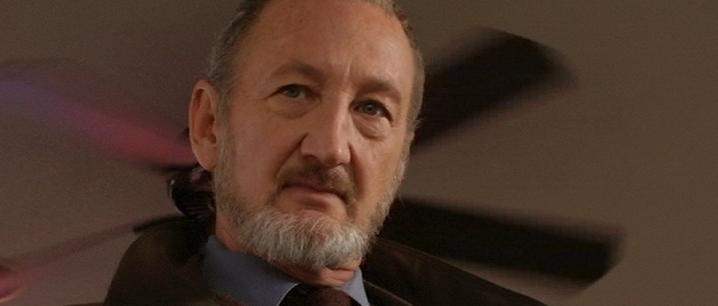 Like Scream before it, the reason we’re still talking about Behind the Mask so many years later is because it’s not just a satire. It’s a fascinating story that, yes, requires a knowledge of the genre to fully appreciate but is compelling all on its own merits. The true brilliance of it all kicks in when Leslie actually gets to work on doing the things he spent the first two acts talking about doing. That turnaround in which the crew realize what they’ve been an accomplice to, but also realize that they’re the only ones who know how to stop him because they’ve been let in on his plan, results in one of the best dramatic shifts toward the end of any horror film in recent memory.
Like Scream before it, the reason we’re still talking about Behind the Mask so many years later is because it’s not just a satire. It’s a fascinating story that, yes, requires a knowledge of the genre to fully appreciate but is compelling all on its own merits. The true brilliance of it all kicks in when Leslie actually gets to work on doing the things he spent the first two acts talking about doing. That turnaround in which the crew realize what they’ve been an accomplice to, but also realize that they’re the only ones who know how to stop him because they’ve been let in on his plan, results in one of the best dramatic shifts toward the end of any horror film in recent memory.
Even still, far too many people are unaware of it. Scream quickly cemented its place as a classic but Behind the Mask hasn’t necesarily gotten there, yet. I’m adamant that it will, someday. But I would like to see more people talking about this film in the near future. If you haven’t seen it, it’s one of the brightest hidden gems out there. If you have seen it, give it another look. Because that’s the only way a movie of this size is going to survive from here on out.
Be sure to follow us on Twitter and Facebook.
Post Views:
300




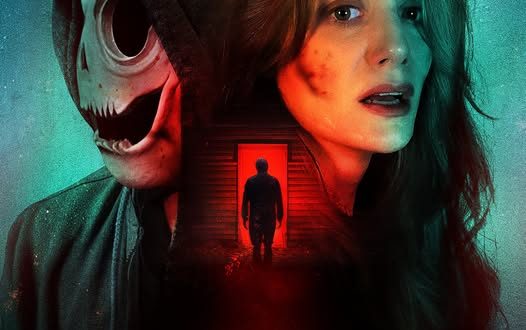

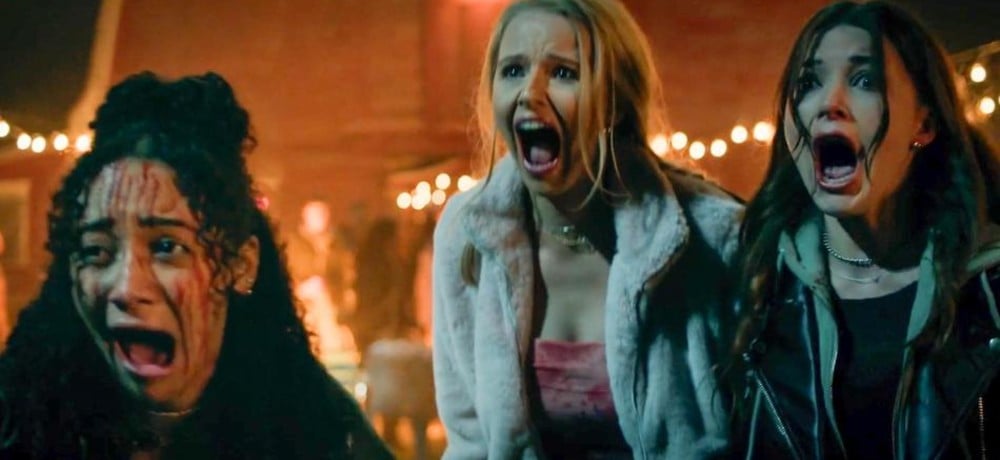
![‘Trick or Treat’ 4K offers a tight package of an era [Review] ‘Trick or Treat’ 4K offers a tight package of an era [Review]](https://www.wickedhorror.com/wp-content/uploads/2025/03/Sammy_2.jpg)







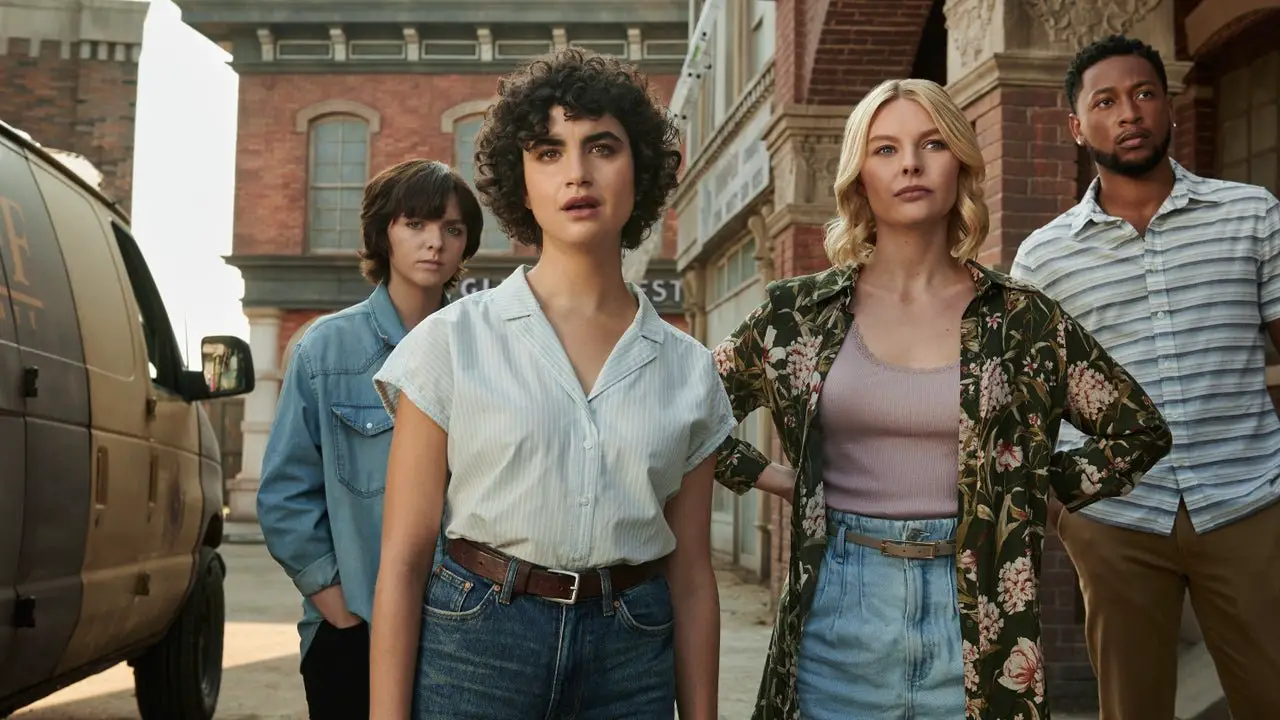
:quality(85):upscale()/2025/03/08/601/n/1922564/c69f7e2e67cc457eb25755.07032611_.jpg)



